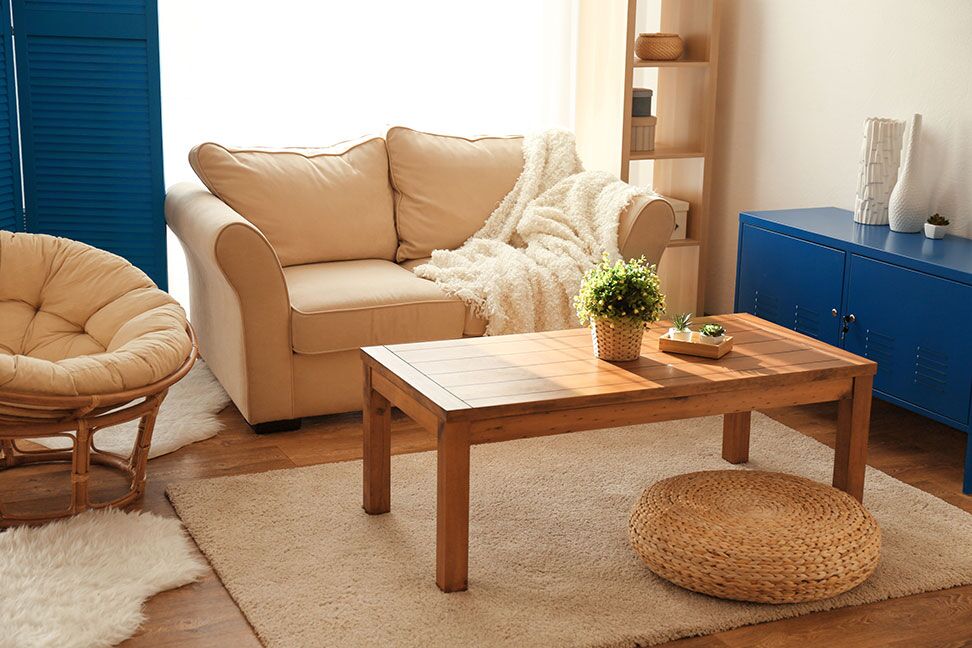Some Ideas on Highland Manor Wood Products, Llc You Need To Know
What Does Highland Manor Wood Products, Llc Do?
Table of ContentsHighland Manor Wood Products, Llc for BeginnersThe Ultimate Guide To Highland Manor Wood Products, LlcNot known Details About Highland Manor Wood Products, Llc Some Known Facts About Highland Manor Wood Products, Llc.6 Easy Facts About Highland Manor Wood Products, Llc Explained
Clean the broken sides of the table leg to make certain a smooth, solid bond. Very carefully line up the busted items. Use clamps to hold the items with each other momentarily.Removing the legs relieves the pressure they could withstand if the table is carried or packed incorrectly, avoiding them from birthing extreme weight or experiencing excessive stress. Guarantee that the table, specifically its legs, is securely put in the moving car. The table shouldn't totter or have the possible to fall over.
Facts About Highland Manor Wood Products, Llc Revealed
Take the covering up tape and cover your drill little bit about inches of the way down the little bit. This is to help see to it you do not drill via the tabletop while ensuring the deepness you need for the screws. Meticulously drill each of the screw openings to the appropriate deepness, utilizing the marks you made.
Use the influence chauffeur to screw each leg safely right into place. It's ideal to go one leg at a time to ensure the positioning is right and each leg is safe and secure before relocating on to the following.
(https://us.enrollbusiness.com/BusinessProfile/7076203/Highland%20Manor%20Wood%20Products,%20LLC)
Repeat these steps to deal with any type of other busted legs on the table.
Utilize a jig saw to reduce them diagonally from corner to collar to create four edge blocks. Cut a notch out of the back of the edge block reverse from the angled cut so that the notch fits over the top of the leg and provides added toughness in the corner.
Things about Highland Manor Wood Products, Llc
Drive one more screw, centered through the block, into the corner of the table leg. wood Corner Guards. Step the length and size under the table in between the legs.

Lots of tables have built-in cots to add security. Two cots run between the sides of the legs on the table's brief ends, with one long cot linking the two brief stretchers in the.

What Does Highland Manor Wood Products, Llc Mean?
Each item has its very own story to tell, and antique table legs play an important duty in the overall aesthetics and security of these prizes. Restoring them not only revitalizes their elegance however also helps protect their historical significance. Recognizing antique table legs starts with acknowledging the various sorts of antique tables and their historic contexts.
Let's dive into these actions in information. Antique tables are available in various designs, such as Queen Anne, Chippendale, or Victorian, each with its distinct design and attributes. Comprehending the kind of table you have will certainly assist your remediation efforts. Looking into the historical history of your table can offer valuable understandings right into its age, beginning, and potential value.
French bnisterie furnishings, with its complex craftsmanship, would likely be most worth bring back and might require specialist services, whereas a table located at a garage sale may not justify the repair cost. As you start the trip of restoring antique table legs, among the first and critical actions is to closely take a look at these essential elements of your valued piece.
Highland Manor Wood Products, Llc Things To Know Before You Get This
Begin by inspecting the surface of the table legs thoroughly. Try to find any kind of noticeable splits that might have established in time. Cracks can differ in size and severity, from small surface imperfections to deep structural fractures. Each fracture narrates of the table's history, and resolving them is important for both aesthetics and structural stability (Wood Furniture Feet).
These splits can endanger the overall strength and look of the legs. Pay close focus to the joints where the table legs satisfy the table's framework or apron.
Evaluate the general architectural integrity of the legs. Examine for any bending or turning that might influence their stability. Take a look at the joints closely to assess the level of looseness. Some joints might just need adhesive and clamping, while others might require additional reinforcement. By thoroughly assessing the wear and damage, you can produce an extensive repair strategy tailored to the particular requirements of your antique table legs.